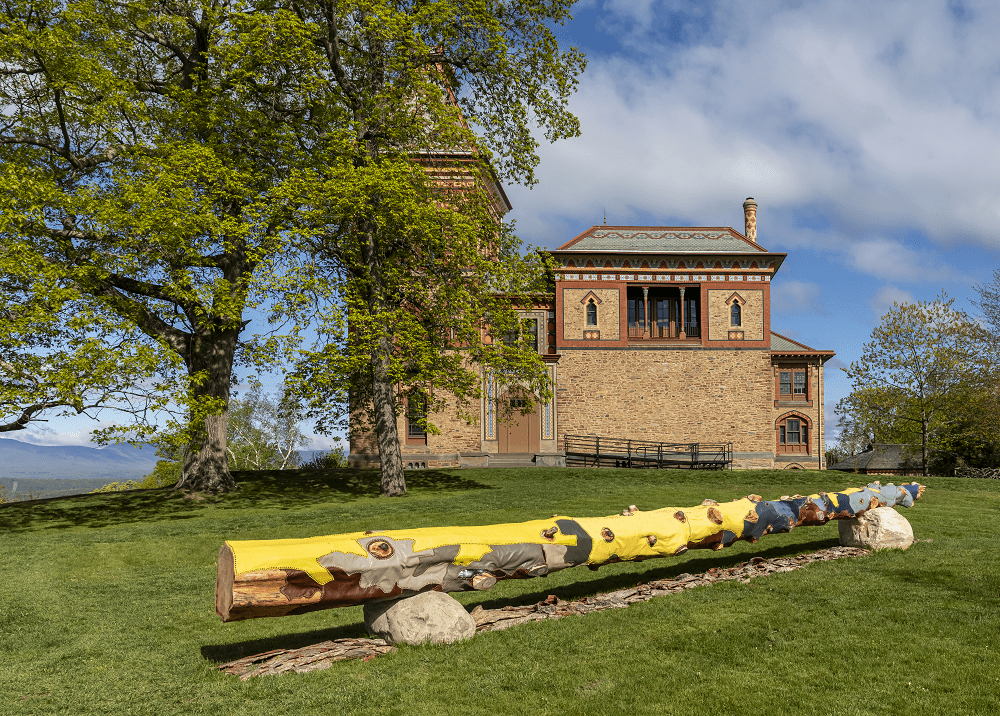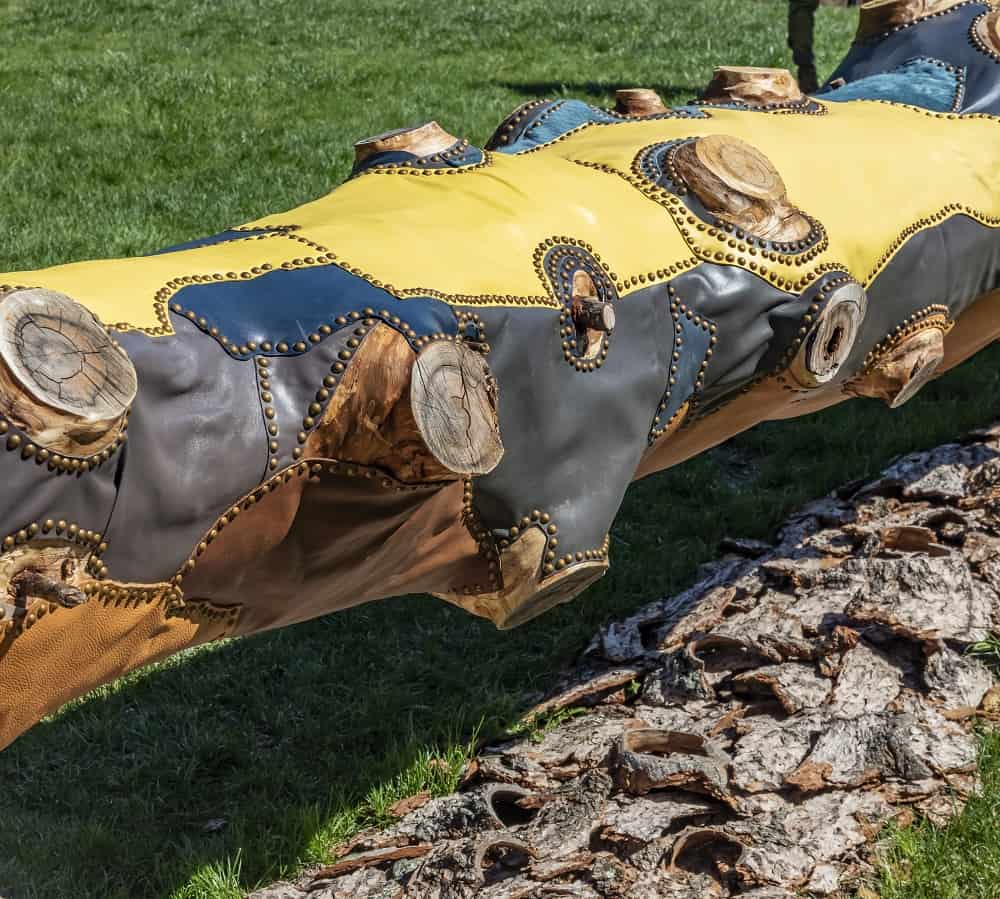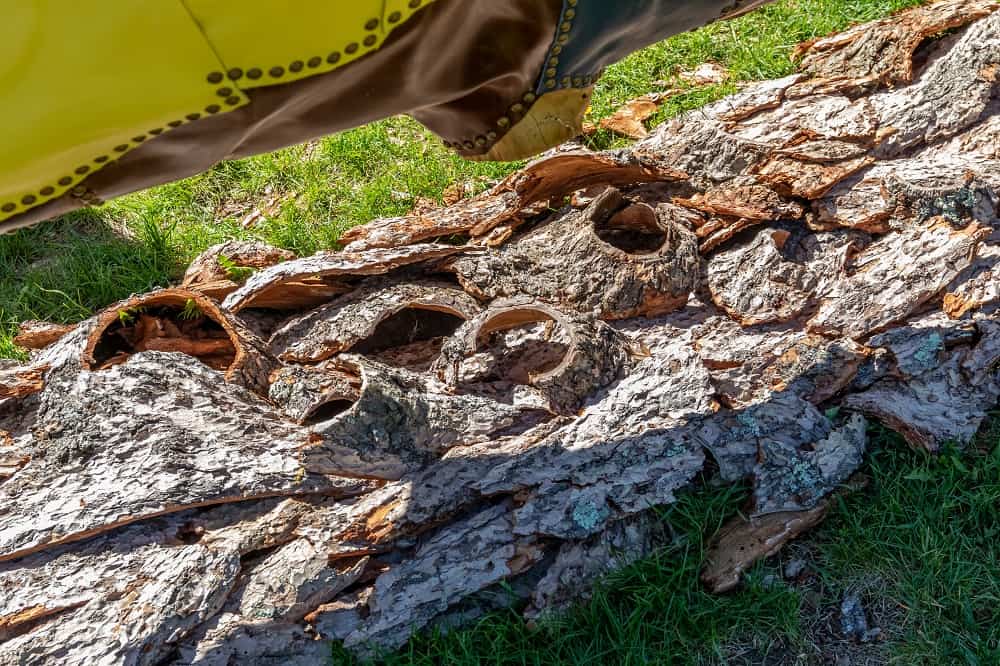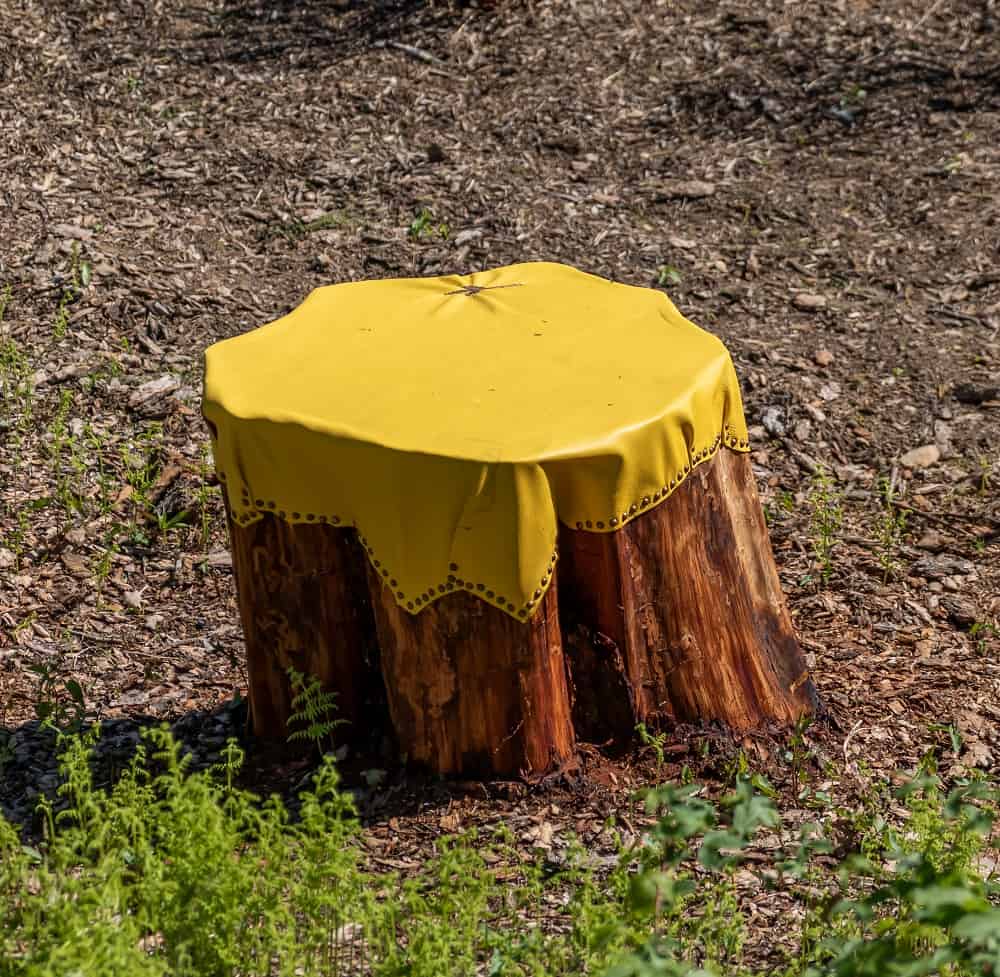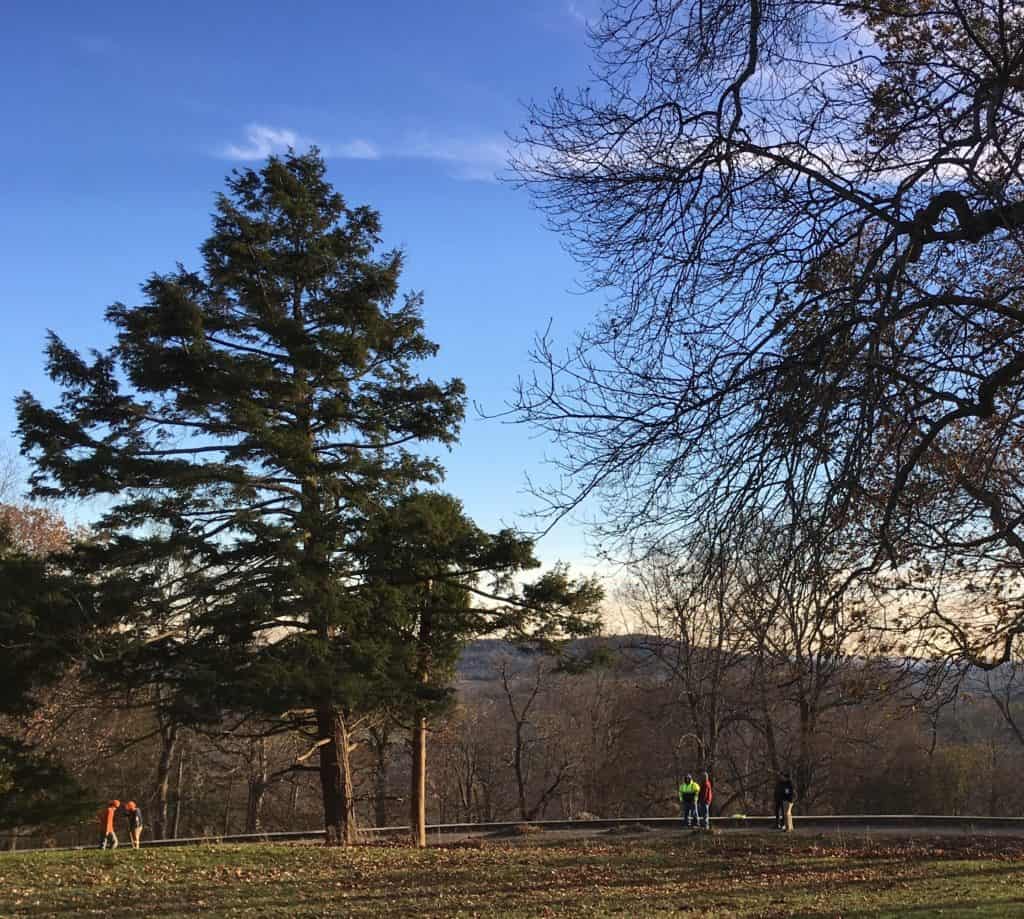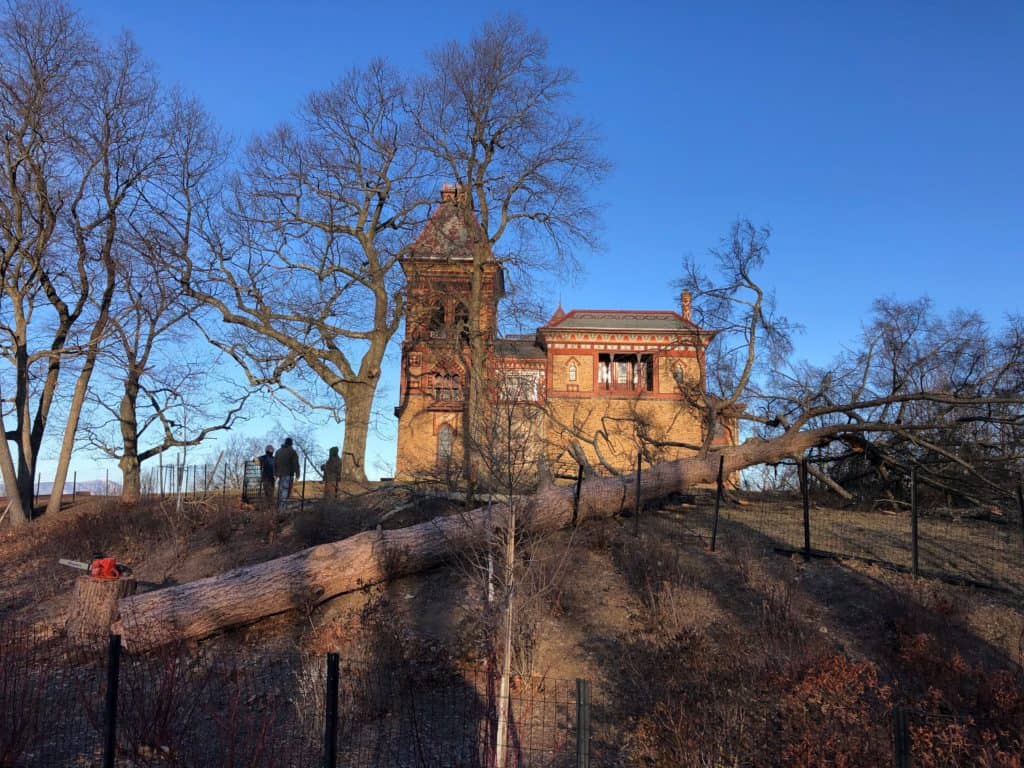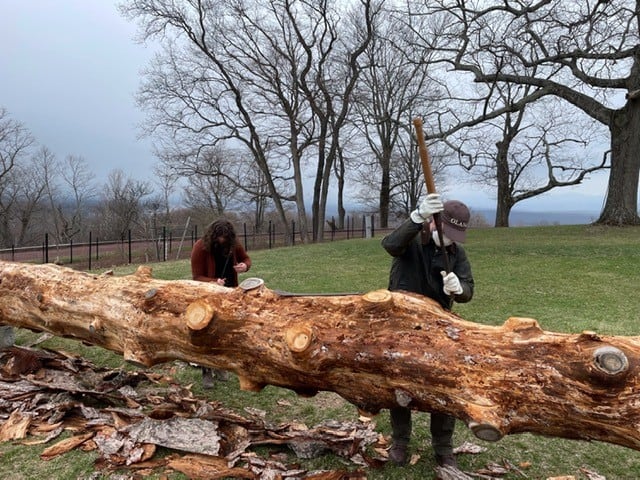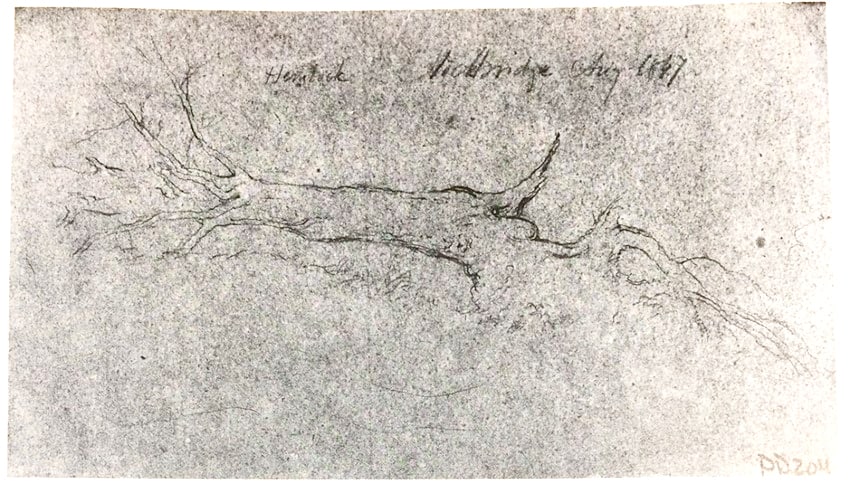FALLEN by Jean Shin
When the artist Frederic Church created Olana’s 250-acre naturalistic landscape, he planted thousands of native trees on a hillside that had been previously logged and deforested. His plantings included the eastern hemlock tree (Tsuga canadensis), a graceful native conifer that once thrived on the slopes of the nearby Catskill Mountains. In the 19th century, hundreds of thousands of hemlocks were cut down for the tanning industry, which used the tannin in the tree’s bark for the commercial demands of leather-making.
The devastating loss of these evergreen forests would have been visible from Olana’s hilltop. With an artist’s eye toward the cycles of nature, Church would also include fallen trees in his paintings. Sketches can be found in Olana’s extensive collection.
“But I like wood for architectural purposes less and less as I get older…Wood is awfully convenient and cheap just now but I suppose when our forests are swept away by the axe and fire – we will use more stone – and tiles instead of shingles. The clapboard palaces will rapidly disappear…”
Frederic Church in a letter to Erastus Dow Palmer, 1884
The eastern hemlock tree on Olana’s East Lawn died of natural causes last year, after attempts by the New York State Office of Parks, Recreation & Historic Preservation to save it. It stood high amidst new native plantings, which were installed to complete the first project in Olana’s award-winning Strategic Landscape Design Plan. As a part of an ongoing commitment to engage contemporary artists at Olana, The Olana Partnership has commissioned the nationally-renowned artist Jean Shin to create a site-specific work in response to the loss of this hemlock tree.
FALLEN invites viewers to reflect on this tree’s life and the cultural history of this region. Jean Shin’s finished work will be on view in this location from May 2 through November 29, part of our larger 2021 collaborative exhibition, Cross Pollination: Heade, Cole, Church, and Our Contemporary Moment.
“While reckoning with the devastating consequences of deforestation in local history, the project invites viewers to observe the natural surroundings more closely, witness nature’s struggles, and mourn what we have lost.“ says artist Jean Shin.
This is a work-in-progress, and we ask that you refrain from touching or climbing on this tree. This installation will also be accompanied by a mapping project which identifies the remaining hemlock trees within Olana’s 250-acre landscape.
Click here for a full listing of public programs including the artist.
Click here to listen to the WAMC Roundtable Interview with the artist.
Click here to view a virtual conversation with the artist which aired on April 14.
Click here for The New York Times article detailing Jean Shin’s FALLEN.
ABOUT THE ARTIST

Photo by Daniel Terna
Artist Jean Shin transforms large accumulations of everyday objects, the material manifestations of waste in our society, into site-specific installations. These discards reveal capitalism’s excess in an increasingly unsustainable reality and the ecological collapse produced by our consumer-driven culture. Giving new life to these overlooked materials, Shin recalls an object’s past and suggests its significant connection to our collective memories, desires, and failures.
Nationally recognized for her monumental installations, Shin transforms everyday objects into elegant expressions of identity and community engagement. She has had numerous solo exhibitions at prestigious institutions such as the Museum of Modern Art, New York; Smithsonian American Art Museum, Washington, D.C.; Philadelphia Museum of Art, PA; Asian Art Museum, San Francisco, CA and Storm King Art Center in N.Y. More than 150 prominent cultural institutions, including the New Museum, Brooklyn Museum, Museum of Fine Arts Boston, Museum of Fine Arts Houston, Asia Society, Barnes Foundation, and Museum of Art and Design, have featured her work.
As an accomplished artist practicing in the public realm, Shin has received large-scale commissions, permanent installations from major public federal and city agencies. She recently completed a landmark commission for the MTA’s Second Ave Subway at the 63rd Street station in Manhattan. Shin has received a Pollock-Krasner Foundation Grant, Asian Cultural Council Fellowship, NYFA Fellowships, among others. Major publications such as Art in America, Sculpture Magazine, and the New York Times have written about her work.
Born in 1971 in Seoul, South Korea, and raised in the United States, Jean Shin lives and works in Brooklyn and Hurley, NY. She attended the Skowhegan School of Painting and Sculpture in 1999 and received a B.F.A. and a M.S. from Pratt Institute. Shin is a tenured Adjunct Professor of Fine Art at Pratt and a recipient of Pratt’s 2017 Alumni Achievement Award. She serves on the Board of National YoungArts Foundation and is President of the Joan Mitchell Foundation.
_______________________________________________________________________________________________________

MAPPING HEMLOCKS AT OLANA
As part of Shin’s installation, eastern hemlocks throughout Olana will be identified and adorned with leather tags designed and prepared by the artist. These tags serve to commemorate the surviving hemlocks throughout Olana’s artist-designed landscape. Shin’s leather tags reflect the fraught relationship between the hemlock and the leather industry. In the 19th century, hundreds of thousands of hemlocks were cut down for the tanning industry, which used the tannin in the tree’s bark for the increasing commercial demands of leather-making.
Today, hemlocks in the region face a different threat. The hemlock woolly adelgid (HWA) is an aphid-like insect native to Asia. This small insect threatens many eastern hemlocks’ health and survival. This invasive species feeds on the hemlock’s sap at the base of the tree’s needles, damaging the canopy and cutting the tree’s lifespan short. Like other invasive species, without natural predators in the region, the hemlock woolly adelgid can wreak havoc when introduced to an ecosystem. Identifying the remaining hemlocks at Olana is a fundamental step in caring for and tracking the health of hemlocks onsite.
How do you identify a hemlock?
The eastern hemlock is an evergreen native to the eastern US which can be identified by its dark-green needles widely spaces on its branches. Hemlock bark is reddish gray and has narrow, rounded ridges. You can identify a hemlock easily by looking closely at its needles. The underside of the tree’s soft needles have two white “racing stripes.” While encountering the hemlocks that others have identified, visitors are invited to observe the landscape from different views and locations and pay tribute to this important native tree species.
Tag us @OlanaSHS: #FALLEN #fallentree #JeanShin #OlanaHemlock

_______________________________________________________________________________________________________
Bark Removal
 After the forty-foot hemlock trunk was salvaged and placed horizontally on a pair of boulders, the artist led a team of volunteers and staff in a ceremonial debarking using historic hand tools provided by Tracy Cate. This re-enactment of the nineteenth-century practices of Catskills tanneries invited an intimate reflection of the long life of this 140-year-old tree and mourning of thousands of historic eastern hemlocks destroyed in pursuit of the bark’s tannins. The rescued bark was carefully assembled beneath the trunk in its shadow. Jean Shin’s final intervention follows, enshrouding the trunk in leather remnants, with the material that was the cause of local deforestation and was itself another tragic consequence of these extractive practices. These entangled histories of collective loss unfold in Shin’s public artwork that honors the single fallen tree.
After the forty-foot hemlock trunk was salvaged and placed horizontally on a pair of boulders, the artist led a team of volunteers and staff in a ceremonial debarking using historic hand tools provided by Tracy Cate. This re-enactment of the nineteenth-century practices of Catskills tanneries invited an intimate reflection of the long life of this 140-year-old tree and mourning of thousands of historic eastern hemlocks destroyed in pursuit of the bark’s tannins. The rescued bark was carefully assembled beneath the trunk in its shadow. Jean Shin’s final intervention follows, enshrouding the trunk in leather remnants, with the material that was the cause of local deforestation and was itself another tragic consequence of these extractive practices. These entangled histories of collective loss unfold in Shin’s public artwork that honors the single fallen tree.
 _______________________________________________________________________________________________________
_______________________________________________________________________________________________________
Leather Removal
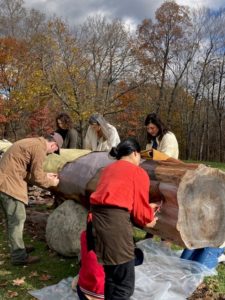
In November, FALLEN entered the final phase of its yearlong installation. The protective shroud of “dead stock” leather from the fashion industry has been ceremonially removed to prepare for its next metamorphosis. The weathered leather will be preserved by Jean Shin to continue the story in future indoor exhibitions—like this work at the CHART gallery in New York City.
FALLEN’s final farewell will take place on December 18, 2021, during the Winter Solstice Celebration at Olana. At dusk, parts of the hemlock will be cremated into ash and charcoal and the rest will be returned to the landscape to nourish the living hemlocks at Olana.

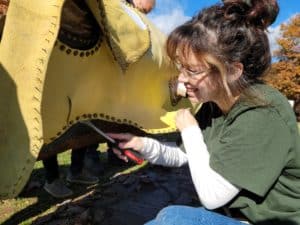

_______________________________________________________________________________________________________
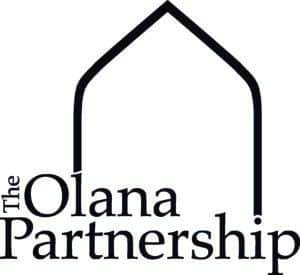


Knowledge Day in Russian Calligraphy hand lettering on fall maple leaf. First day of school in Russia. Vector template for typography poster, greeting card, banner, flyer, t-shirt, sticker, etc.
This exhibition has been generously funded by support to The Olana Partnership for the Novak-Ferber Exhibitions Fund. With additional support from The Coby Foundation and the Faculty Development Fund of Pratt Institute.
This exhibition was made possible by the New York State Council on the Arts with the support of the Office of the Governor and the New York State Legislature.

